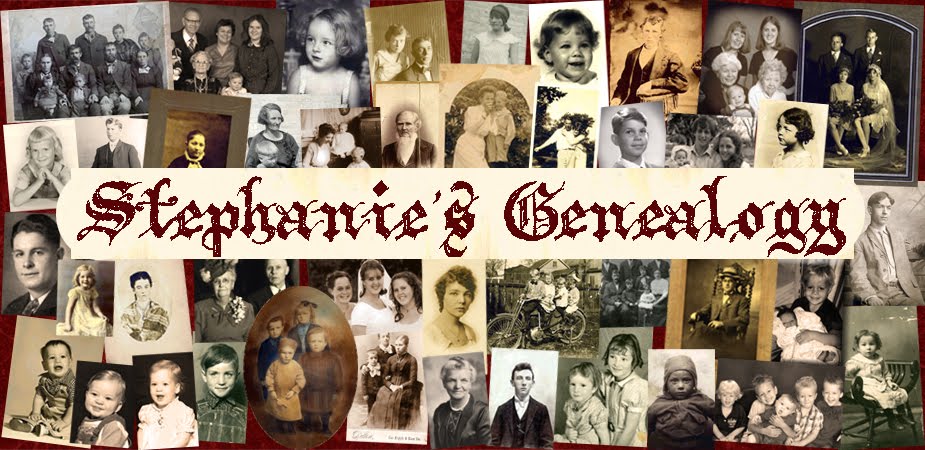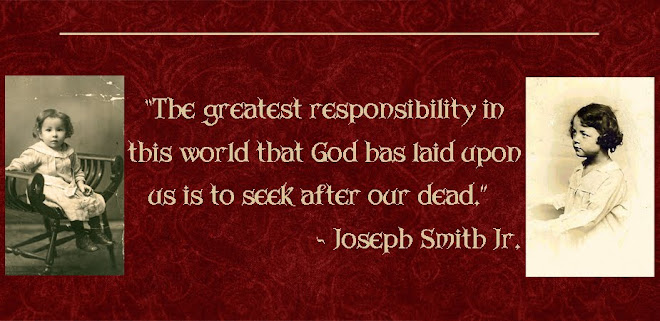The big job now is to go back through our research notes, go back to each of those records we've found over the last two years, and translate, type, and enter all the source information for each record into our genealogy database. Since neither my Mom or I are anywhere near fluent in German (or Latin), sometimes this process is slow going. We have come a long way in our ability to "read" the records -- and figure out their meanings. We have learned a lot about reading the old German Gothic alphabet and deciphering the old handwritings, and we are becoming familiar with more and more German and Latin words that were frequently used in those records. So, we get together at least once a week to work on translating the records we have already found. We have a page of sample letters in the Gothic alphabet that we frequently refer to, and we are always using Google Translate and other genealogy websites to help figure out unfamiliar words or town names. Sometimes the hardest part is restraining ourselves to continue translating and recording the information from these records we have already found, instead of going on to the more exciting search for new information and new ancestors. But we know now that saving the translation work for later results in a somewhat overwhelming backlog of work. So once we get caught up and have translated all of these records, I think it will be easier to translate and record the info from each new record we find as we go along.
For now, we'll just keep translating.
 |
| This is the alphabet chart that we still reference regularly when we get stuck on a word that is difficult to transcribe. |
Just to give an idea of what kind of records we are working on:
 |
| This is a relatively easy record to translate -- good handwriting, short record, nice column format, nothing out of the ordinary. The death record of [Johann] Fabian Panowitz, Archivni Vade Mecum [State Regional Archives in Litomerice website], <http://matriky.soalitomerice.cz/matriky_lite/pages/zoomify.jsp?eventPg=%3E&pageTxt=59&entityRef=%28%5En%29%28%28%28localArchiv%2C%5En%2C%29%28unidata%29%29%2815125%29%29>, Book 120/10, website image 59/66 (left side of page), folio 68. (Translation by Amy Spohr Chidester & Stephanie Chidester Bradshaw, July 2013).
“Died 7 June 1800, Place: House No.
48, town: Rasitz. Fabian of Adalbert
Panowitz master tailor young son from Rasitz.
Priest Antonius Leonard. Religion:
Catholic, Gender: Male, Age: 4 years, disease and cause of death: ‘blattern’ (smallpox).”
|
Birth record of Joanne Wenceslaus Khol, Archivni Vade Mecum [State Regional Archives in Litomerice website], , Book 139/2, town: Hetov, website image 15/233 (left side of page), page 21, folio 12. (Translation by Amy Spohr Chidester & Stephanie Chidester Bradshaw, July 2014).
“Of Hettov: [Apr 1762] 10 Born and 11 Bilina. Baptized is Joannes Wenceslaus Wenceslai Khol and Rosalia Parents subjects of Mileschoviensi [town Mileschau in Usti Region] legitimate child, Godparent holding the child: Wenceslau Prazan from Rasitz, Witnesses: Wenceslau Haÿmann, Antonio Hook(?), Virgin Barabara Elisabeth Törrin, and Anna Maria Mrazin all from Hettov. a R: P:(?) Antonio Ritter chaplain.”
|
|
|
| And some of them are a bit harder to read. This is a German one from the 1700s. Once you get back into the 1700s or earlier, many of the records get much more difficult to read than this one, and it is much less common for them to list women's maiden names (or sometimes they leave the name of the mother out of the birth records entirely). But you can see we were fortunate with this particular record -- we could have had the one up higher on the page with the big ink smudge, or worse yet, the ones on the opposite page where the ink has bled through and made it twice as hard to read. Counting our blessings. :)
Birth record of Adalberth Panowitz Archivni Vade Mecum
[State Regional Archives in Litomerice website],
“Razitz (town): the 7th of April [1756] Adalberty Pannowitz
was born. Father: Francis
Pannowitz. Mother: Anna Maria. Held child for baptismal ceremony: Christoph
Pannowitz from Razitz. Witnesses: Mathis
Wegwerth, from the same place & Maria Koritz(?) from the same place.”
|





No comments:
Post a Comment